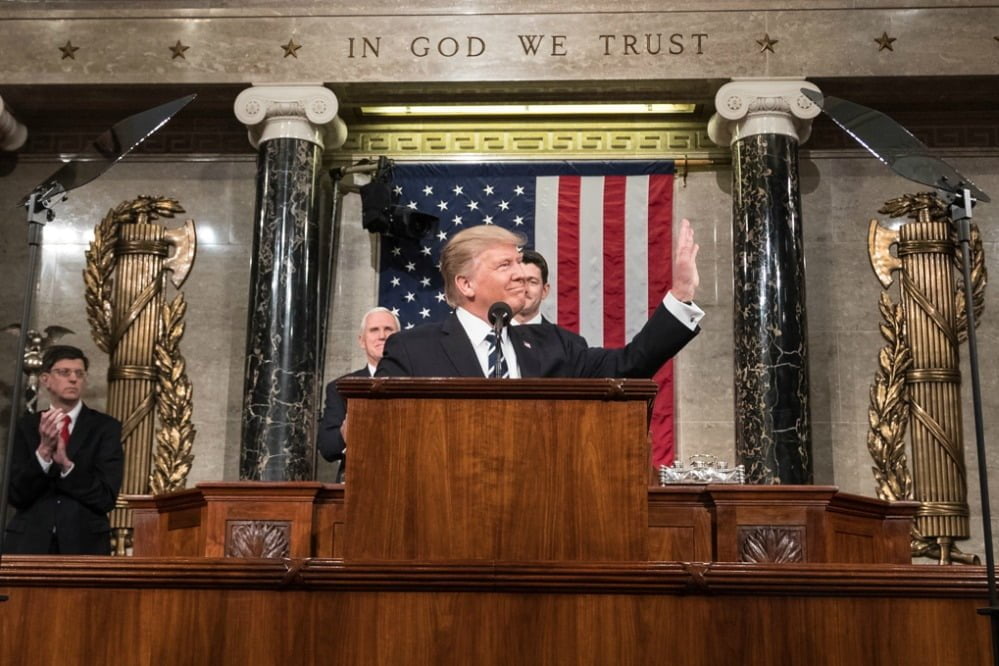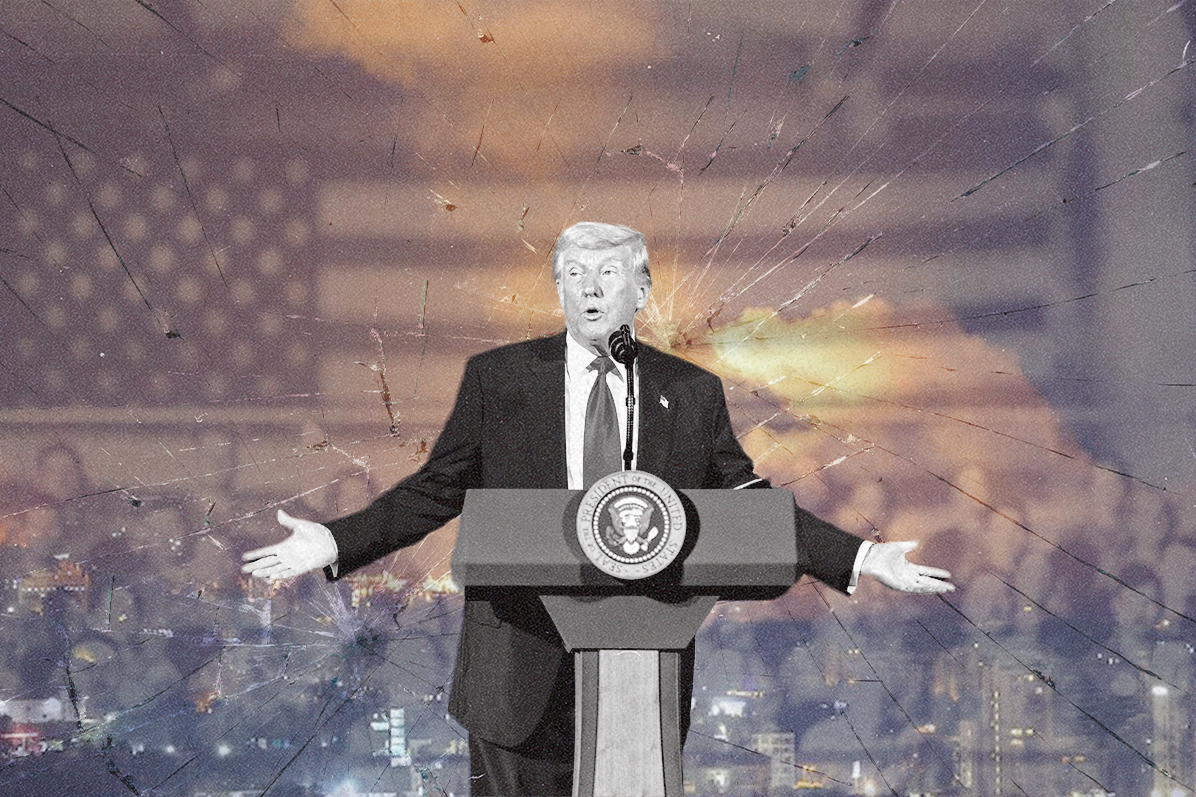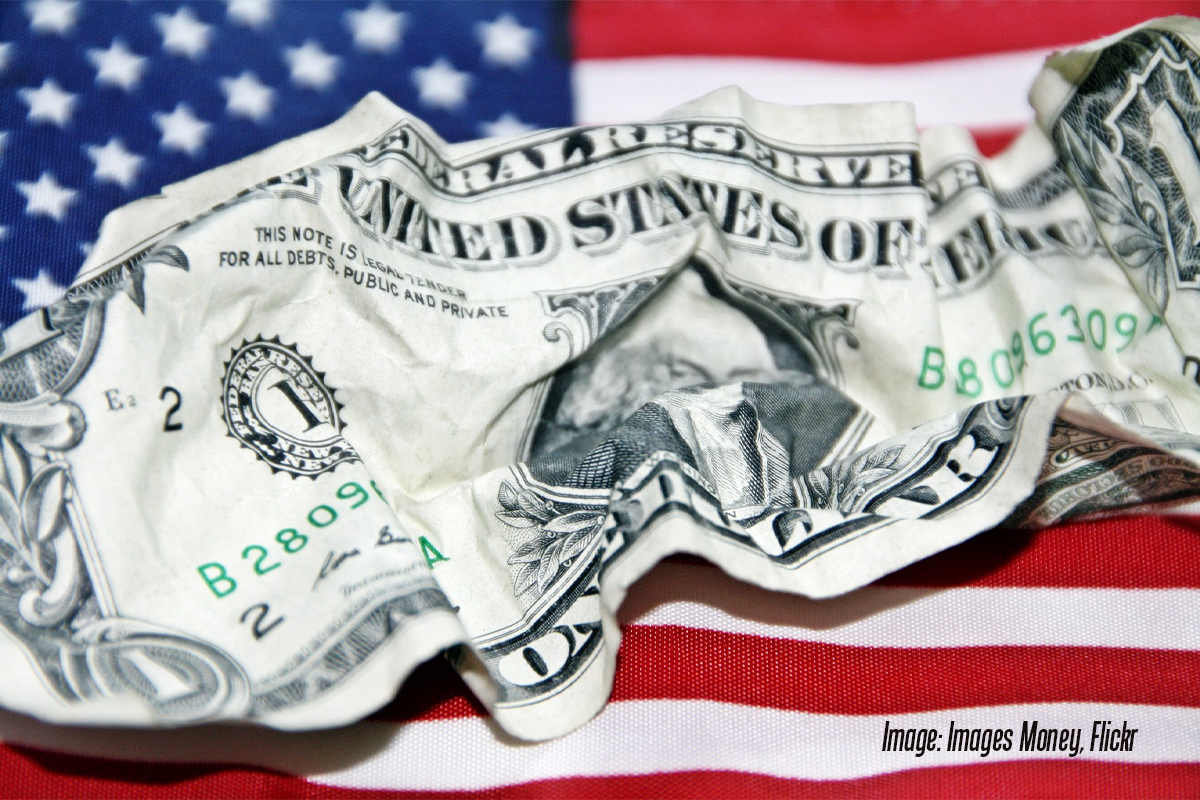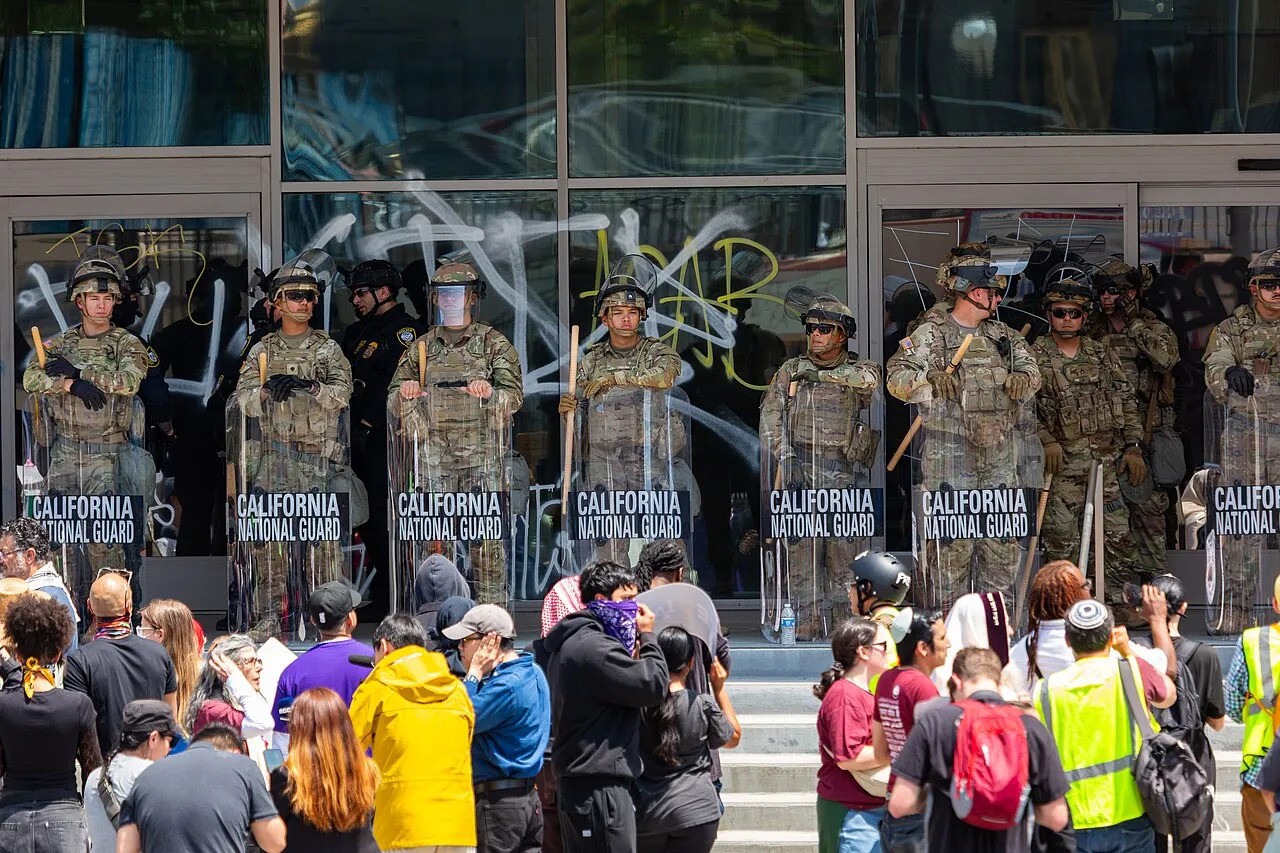On the back of yesterday’s State of the Union speech, Josh Holroyd takes a look at the chaos sweeping through the White House. Donald Trump is both a product and a source of unprecedented instability in the system.
A year on from his inauguration as President of the United States, Donald Trump used his State of the Union address to present a picture of success and stability. In a speech lasting 80 minutes (the 3rd longest in history), the self-described “very stable genius” proclaimed, “There has never been a better time to start living the American Dream”.
Like in any good pantomime, the Democrats in the chamber hissed and booed, while the Republicans greeted the end of Trump’s speech with spontaneous chants of “U-S-A, U-S-A”. But behind the choreographed pomp of Donald’s big day, an intractable crisis looms large.
Fire and Fury
A new “tell-all” book detailing the backstabbing and incompetence of the Trump administration has been making waves, selling 1.7 million copies in the three weeks following its publication on 5th January. Written by journalist, Michael Wolff, Fire and Fury: Inside the Trump White House is not so much a revelation as a confirmation of what was already known about the “chaos and dysfunction” which surrounds and epitomises the most powerful man on Earth.
In a collection of interviews and anecdotes we are told that Trump had so little confidence in his own campaign he refused to donate money to it. Melania Trump was apparently “in tears – and not of joy” on election night after having been assured her husband wouldn’t win, while the new President-elect “looked as if he had seen a ghost”.
The President is described by his own aide as “an idiot surrounded by clowns”. His friends are no more sparing, calling him “crazy” and “stupid”. Then again, as Lenin said, “A man standing on the edge of a cliff does not reason”.
The Trump White House is presented rather convincingly like the court of a mad king, in which ambitious courtiers scramble over each other to win influence over a ruler who sits holed up in his bedroom, watching himself on TV whilst eating McDonald’s cheeseburgers (because he fears he may be poisoned otherwise). A TV series is apparently already planned: a fitting tribute to America’s reality-TV President.
The sheer surreality of the situation actually risks obscuring its most important feature: the deep split emerging within the American state, itself the product of a crisis in which Trump is more prisoner than protagonist.
American Carnage
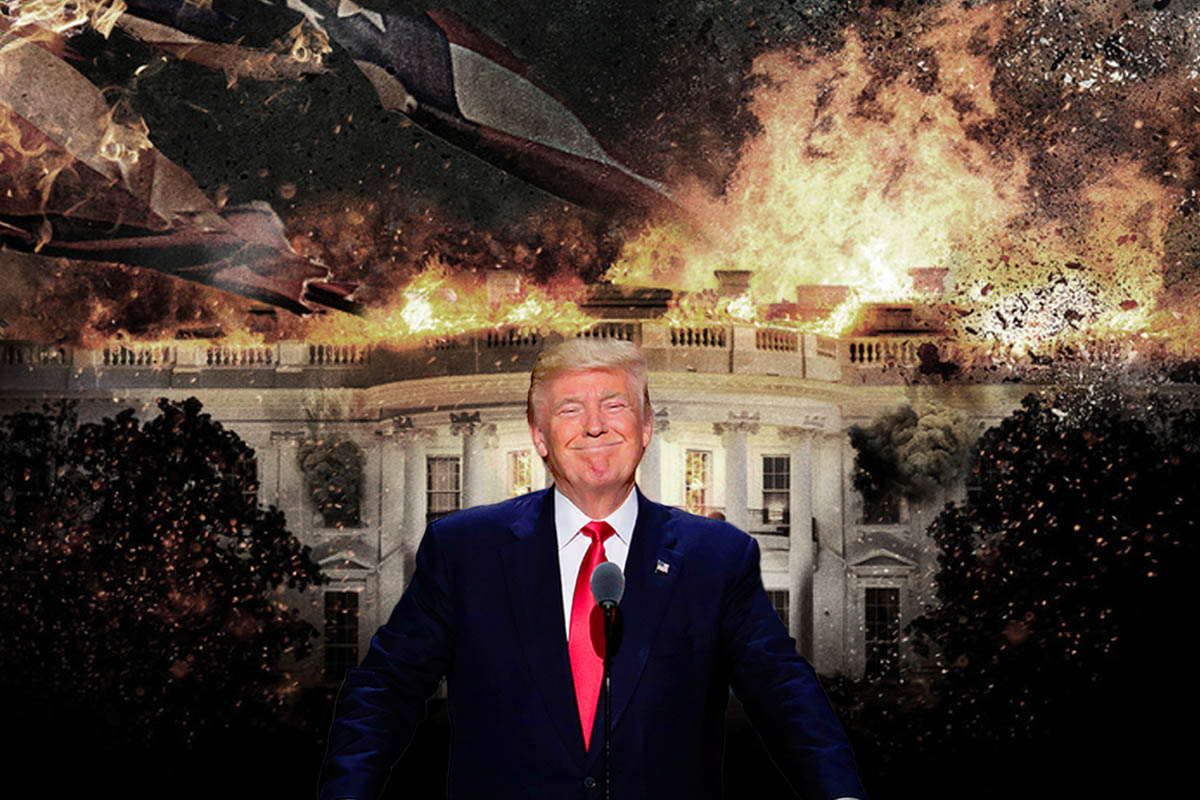 All the efforts of the American ruling class to stabilise the economic situation since the 2008 crash have succeeding only in maintaining fairly consistent but unimpressive levels of growth at the expense of creating greater and greater political and social instability. The wave of anger which catapulted Trump to power was not of his own making; it had been prepared in the depths of American society over years, if not decades.
All the efforts of the American ruling class to stabilise the economic situation since the 2008 crash have succeeding only in maintaining fairly consistent but unimpressive levels of growth at the expense of creating greater and greater political and social instability. The wave of anger which catapulted Trump to power was not of his own making; it had been prepared in the depths of American society over years, if not decades.
Trump himself is a non-entity, a “pinball shooting off the sides”, propelled by forces he does not control and cannot understand. It is, to use Trump’s own expression, the “American carnage” of capitalism which has caused the present crisis in the White House.
Meanwhile, the decline of the USA on the world stage in the face of competition from abroad, particularly from China, is causing a split to develop within the American ruling class itself. With his talk of scrapping “bad deals” and putting “America first”, Trump attracted backing from a section of American capitalists, who longed for a return to the ‘good old days’ of American dominance through more protectionist and isolationist policies. The billionaire, Robert Mercer, and his daughter, Rebekah, who were instrumental in bankrolling both Trump’s presidential campaign and the far-right Breitbart website, offer a telling example of this trend.
After Bernie Sanders’ campaign was blocked by the Democratic Party establishment, these contradictory forces were bundled together during the election campaign and thrown into the White House. Meanwhile, the powerful state bureaucracy and with it the bulk of the Republican Party in Congress has been exerting its own pressure, trying to maintain at least the semblance of order. As the Washington Post reported, “Federal workers are in regular consultation with recently departed Obama-era political appointees about what they can do to push back against the new president’s initiatives.”
The result of this conflict has been the legislative paralysis of a Congress which has so far succeeded only in passing a raft of juicy tax cuts for the rich and a bitter clash inside the White House which Wolff himself describes as “not so much a struggle for leadership but a near violent factional war”. Hence the departure of almost all of Trump’s senior staff since his inauguration last year and the almost constant stream of leaks which has persisted since day one.
The loathing expressed by Bannon, whose views are given extensive coverage in Wolff’s book, for “Jarvanka”, the more “metropolitan” nepotism-fuelled power couple of Ivanka Trump and Jared Kushner, is a manifestation of the conflict between Trump, the leader of a “populist revolt” and Trump, the New York billionaire. “Sloppy Steve’s” ignominious defeat serves as a reminder that the real power behind the throne is not a rising fascist right but the same class of billionaires who have always ruled, only under a new ‘populist’ cover.
Hypocrisy
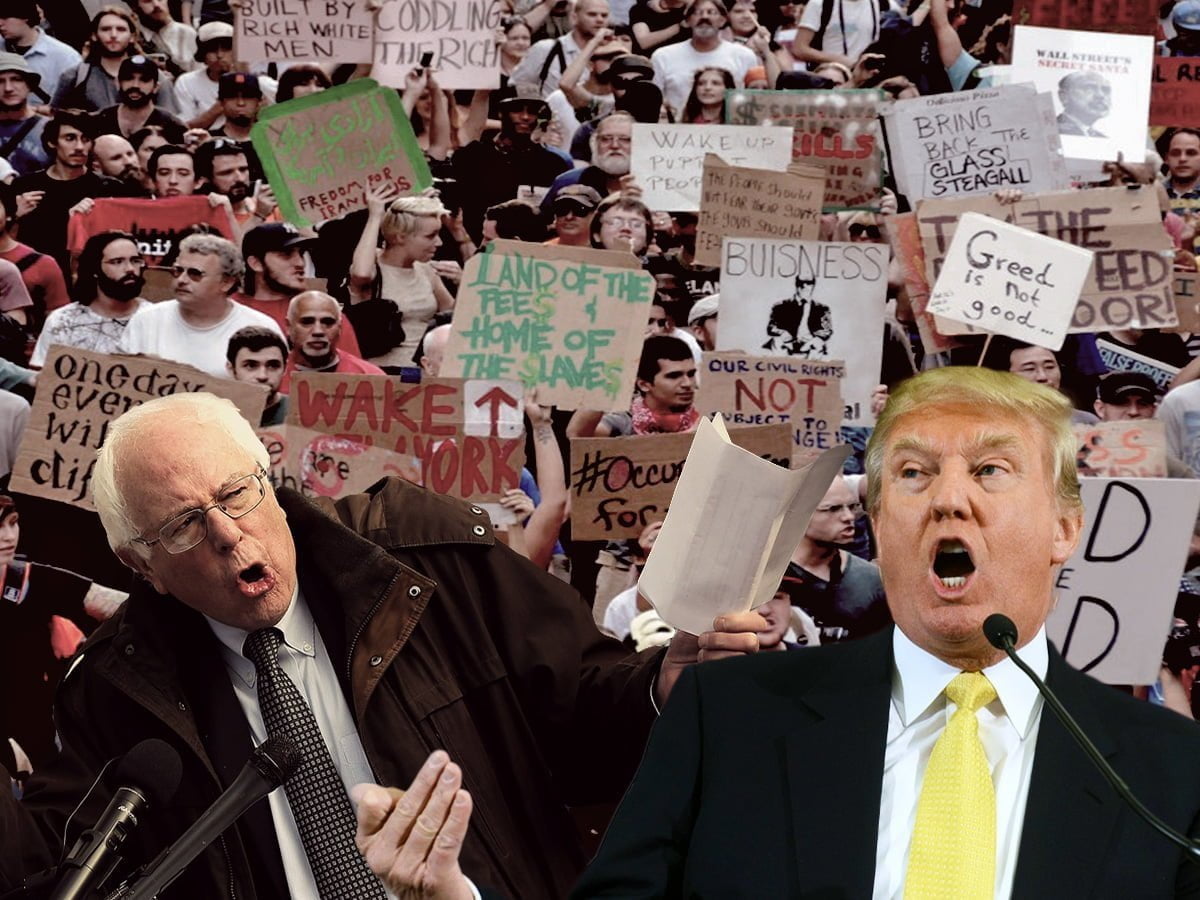 For the ruling class of America, the real danger of Trump is not in his policies but in his inadvertent exposure of the inner workings of the American establishment. With every leak and late-night Twitter-bomb, Trump only deepens the cracks in American society, whilst clumsily lifting the veil on the hypocrisy of the establishment. As the Atlantic put it, “he is far less hypocritical than past presidents—and that is a bad thing”.
For the ruling class of America, the real danger of Trump is not in his policies but in his inadvertent exposure of the inner workings of the American establishment. With every leak and late-night Twitter-bomb, Trump only deepens the cracks in American society, whilst clumsily lifting the veil on the hypocrisy of the establishment. As the Atlantic put it, “he is far less hypocritical than past presidents—and that is a bad thing”.
As unpopular and unstable as Trump is, his base of support has remained decisively firm, while the self-proclaimed “resistance” of the media and the Democrats has floundered. In June 2017, a USA Today poll found that the media had an even lower favourability rating than Trump! Meanwhile, the farcical government “shutdown” earlier in the month, showed the weakness of the Democrats’ opposition.
The reason for the failure of the more liberal, “responsible” section of the establishment to defeat Trump should be obvious: it is part of the problem. The same Democratic senators who brought “DREAMers” (undocumented migrants granted temporary protection by Obama near the end of his presidency) to Trump’s State of the Union address, supported the mass deportation of immigrants on a record scale. The same commentators who expressed indignation at Trump’s verbal attack on “sh*thole” countries, supported military attacks and coups in those self-same countries in the interests of US imperialism.
A particularly symbolic example of the Democratic Party’s complete detachment, and opposition to, the struggles of working class Americans is their choice of figurehead to deliver a response to the President’s State of the Union: not Bernie Sanders, who remains the country’s most popular politician, but Joseph Kennedy III, grandnephew of John F Kennedy – about as close to an aristocrat as you can find in this thoroughly ‘modern’ country.
But a world away from this superficial circus, a mass movement is developing, not only against Trump but the system which created him. Under the pressure of the crisis, American workers are drawing revolutionary conclusions. Unified and organised around a radical socialist programme, they could topple Trump with ease and clear out the stables on Capitol Hill for good.

